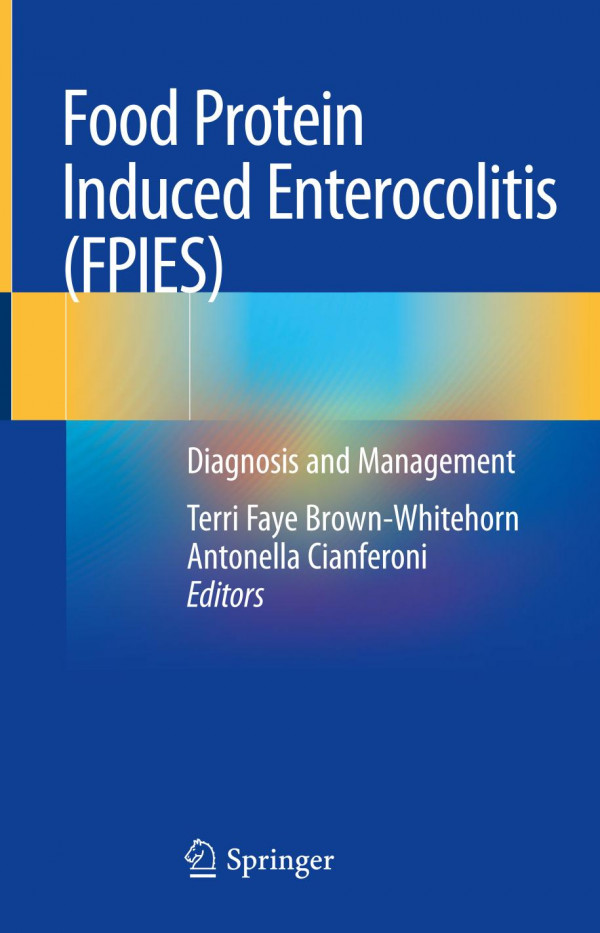

Most ebook files are in PDF format, so you can easily read them using various software such as Foxit Reader or directly on the Google Chrome browser.
Some ebook files are released by publishers in other formats such as .awz, .mobi, .epub, .fb2, etc. You may need to install specific software to read these formats on mobile/PC, such as Calibre.
Please read the tutorial at this link: https://ebookbell.com/faq
We offer FREE conversion to the popular formats you request; however, this may take some time. Therefore, right after payment, please email us, and we will try to provide the service as quickly as possible.
For some exceptional file formats or broken links (if any), please refrain from opening any disputes. Instead, email us first, and we will try to assist within a maximum of 6 hours.
EbookBell Team

4.4
82 reviewsThis unique book is a first-of-its-kind resource, comprehensively guiding readers through the epidemiology, pathophysiology, recent diagnostic criteria, and management options for patients with Food Protein-Induced Enterocolitis Syndrome (FPIES).
Food-Protein Induced Enterocolitis Syndrome: Diagnosis and Management opens with a historical perspective of this condition, before moving into discussions of epidemiology and pathophysiology. FPIES can be difficult to diagnose as the symptoms overlap with multiple other conditions, and so clear differential diagnosis will be reviewed for both chronic FPIES, as well as acute FPIES. Later chapters are case-based, providing detailed multiple perspectives on the diagnosis and management of FPIES in patients with varying complicating factors and severity. Later chapters will tackle issues of quality of life in patient care, nutritional management for patients, and discussing working with parents and families to improve communication and at-home care. Parents, families and caregivers will also find chapters useful and relatable. A final chapter will look to the future of FPIES, addressing new research, guidelines, and implications for clinicians working with pediatric patients with FPIES, and for their families.
Concise and practical, this book will be an ideal reference for allergists, pediatricians, family practice clinicians, gastroenterologists, nutritionists, and all other health care providers who encounter FPIES, and assist them in providing up-to-date, quality care for pediatric patients affected by this condition.